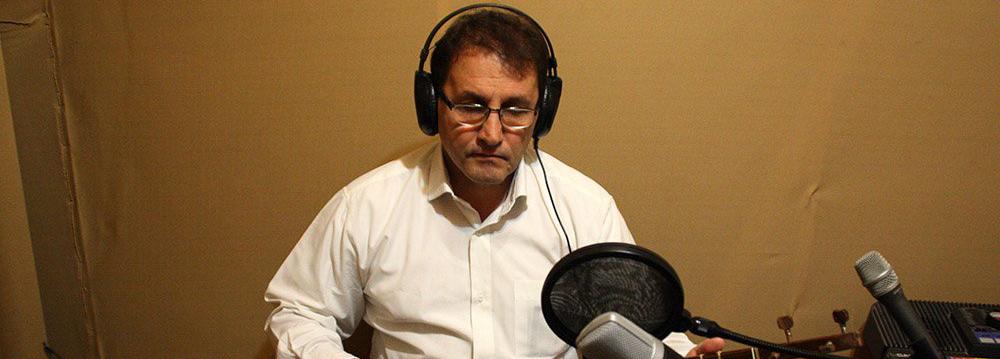Traditional Iranian musician Mir-Abdollah Vatandoust has compiled the first encyclopedia of Iranian radifs, a collection of old melodic figures preserved through generations of oral tradition.
Vatandoust, 50, has named the encyclopedic work “Nahoft” which in Persian is a central nuclear melody (gusheh) in Nava, one of the seven major Iranian “dastgah”s or musical modal systems.
To compile Nahoft and make it an authoritative work, Vatandoust has referred to some 250 books and sought counsel from more than 40 master musicians in and outside Iran, he told ISNA.
Nahoft is ready for publication, he said, but did not say anything about the publisher. “It would be the first comprehensive encyclopedia on Iranian music and singing modal systems.”
“The book contains 1,500 pages and 13 chapters covering seven Iranian dastgahs and five types of vocal music (avaz),” Vatandoust said.
Over 200 exclusive pictures of Iranian musicians, to be published for the first time, are also included in the book.
Appended into the book are descriptions of different schools and styles existing in Iranian vocal music. The styles are from Isfahan, Tehran, Tabriz plus the Ta’zieh (passion play) among others. The appendix reviews how the styles evolved from the Qajar era (1786-1925) to the present day.
The book comes with three DVDs containing 6,234 audio files of Iranian avaz, over 13,000 lyrics, musical notations and specifications such as gusheh, dastgah and tonality (principle of organizing musical compositions around a central note).
“The book helps in making a comparative analysis of Iranian compositions created over two centuries,” Vatandoust said.
Dastgah, Gusheh, Radif
Each dastgah is a certain modal variety subject to a course of development that is determined by the pre-established order of sequences, and revolves around 365 central nuclear melodies known as gushehs, which musicians learn through experience and absorption.
This process of centonization (composing a melody or a piece based on pre-existing melodic figures and formulas) is personal, a tradition of great subtlety and depth.
The full collection of gushehs in all dastgahs is referred to as the radif. During the meeting of The Inter-Governmental Committee for Safeguarding Intangible Heritage of the United Nations, held in 2009 in Abu Dhabi, radifs were officially registered on the UNESCO List of the Intangible Cultural Heritage of Humanity.
The system of 12 dastgahs has remained nearly the same as it was codified by music masters of the 19th century, in particular radif master Mirza Abdollah Farahani (1843-1918). No new dastgah or large gusheh has been devised since Mirza Abdollah’s codification.
In modern times when an avaz or dastgah is developed, it is mainly through borrowing from the extant dastgahs and gushehs, rather than through innovation or invention. The modal system of dastgahs has thus achieved a canonical status in Iran.


